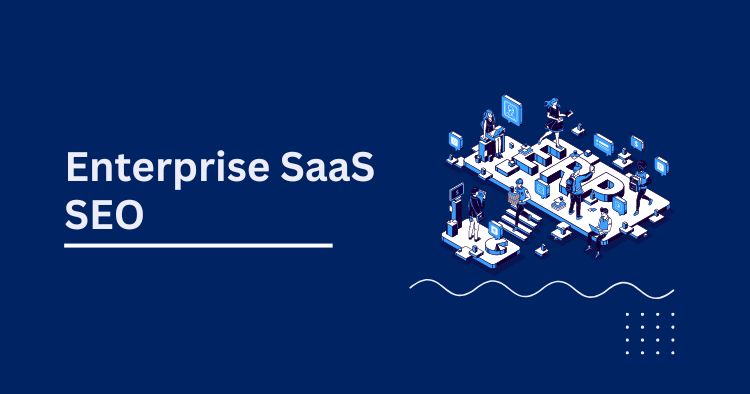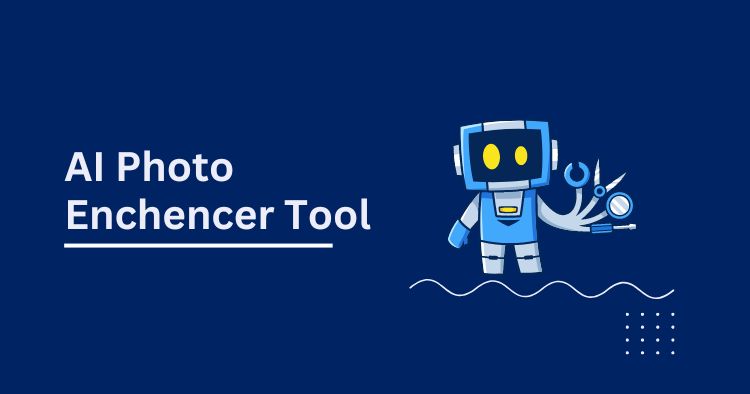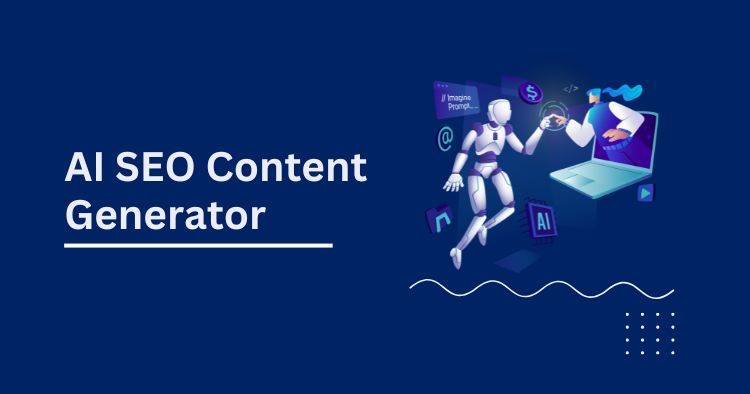How to Link eBay to Your Shopify Store for eCommerce Success
Integrating eBay with your Shopify store is a strategic move for eCommerce and direct-to-consumer (D2C) brands looking to expand their market reach and streamline their sales processes. This integration not only simplifies the management of listings and inventory but also broadens your exposure to a diverse customer base across both platforms. By linking eBay to your Shopify store, businesses can leverage the strengths of both platforms to maximize their sales potential and operational efficiency. The growth of online shopping has compelled many eCommerce businesses to adopt a multi-channel sales approach. Utilizing platforms like eBay alongside your Shopify store enables you to access a vast marketplace while maintaining the cohesive brand experience of your Shopify product page template. This article will guide you through the necessary steps and tools, such as the Shopify collective and Shopify import products feature, to effectively synchronize your operations across both platforms. We’ll also explore how to categorize and manage your products efficiently using Shopify product categories to enhance your online presence and customer engagement. By the end of this guide, you’ll be equipped with the knowledge to create a seamless integration between eBay and Shopify, setting your business up for greater success in the digital marketplace. Note: Unlock the future of search optimization with our AI-Driven SEO Services. Understanding the Need for Integration For eCommerce and D2C brands, the decision to integrate eBay with a Shopify store stems from the necessity to optimize online sales channels effectively. Without integration, managing separate inventories, listings, and customer interactions across multiple platforms can become cumbersome and error-prone. Benefits of Integration: Increased Exposure: eBay’s vast marketplace offers access to millions of global buyers, providing a significant boost in visibility for your products. Streamlined Operations: Centralizing control over inventory and orders reduces the complexity of managing multiple sales channels and decreases the likelihood of errors. Enhanced Customer Experience: Consistency in product availability and pricing across platforms improves customer satisfaction and trust in your brand. Preparing for Integration Before initiating the integration of eBay with your Shopify store, it’s essential to ensure that everything is correctly set up and that you understand the specific requirements and policies of both platforms. This preparation will help you avoid common pitfalls and streamline the integration process. Account Setup and Requirements To begin, both your eBay and Shopify accounts need to be properly set up and in good standing. Here are the key steps to ensure your accounts are ready for integration: Verify Accounts: Confirm that both your eBay and Shopify accounts are verified. This might involve providing additional documentation or completing certain verification processes required by each platform. Payment and Shipping Settings: Set up and review your payment and shipping methods on both platforms to ensure they are compatible and meet the requirements for an integrated operation. Compliance with Policies: Make sure you are compliant with all the selling, listing, and payment policies on both eBay and Shopify. This compliance helps prevent potential issues that could arise from policy violations. Understanding Platform Policies Each platform has its set of rules and policies, which can significantly impact how you manage your listings and transactions. Understanding these policies is crucial for a smooth integration. Listing Policies: eBay and Shopify have specific listing policies, especially concerning prohibited items, listing accuracy, and item descriptions. Ensure your product listings on both platforms comply with these policies to avoid suspensions or penalties. eBay’s Selling Policies: eBay has detailed selling policies covering everything from payment methods to handling returns. Familiarizing yourself with these policies will help you manage eBay transactions effectively. Shopify’s Operational Policies: Shopify’s policies often focus on the operational aspects of running an eCommerce store, such as payment processing and data security. Understanding these will help you align your Shopify store’s operations with eBay’s functionalities. Shopify eBay integration apps Integrating Shopify with eBay can be streamlined with the use of dedicated apps designed to facilitate the connection between the two platforms. These apps help manage listings, inventory, orders, and customer data across both platforms from a single interface. Here are some of the most recommended Shopify eBay integration apps: 1. CedCommerce Features: CedCommerce offers comprehensive features for syncing products, orders, and inventory between Shopify and eBay. It allows for bulk uploads, real-time syncing of inventory, and order management. Benefits: The app simplifies the process of managing multiple listings and ensures that inventory levels are up-to-date, reducing the risk of overselling. 2. InkFrog Features: InkFrog provides a seamless link between Shopify and eBay, offering templates for eBay listings, bulk editing options, and centralized inventory management. Benefits: It helps maintain brand consistency with customizable listing templates and provides a streamlined workflow for managing sales across both platforms. 3. Shopify Marketplace Connect (formerly Codisto) Features: This app allows you to connect to eBay and other marketplaces like Amazon and Walmart. It supports real-time inventory syncing, dynamic repricing, and product listing directly from Shopify. Benefits: Shopify Marketplace Connect offers a flexible and scalable solution for multi-channel selling, making it ideal for businesses looking to expand beyond eBay. 4. eBay Link Features: eBay Link automates the listing of Shopify products on eBay and syncs inventory and orders. It also provides detailed reports on sales and product performance. Benefits: With eBay Link, users can quickly expand their sales to eBay without extensive manual intervention, allowing for an efficient operation. 5. Multichannel Importer Features: This app supports importing and syncing products from eBay to Shopify and vice versa. It facilitates easy migration of product data including descriptions, images, and variants. Benefits: Multichannel Importer is particularly useful for sellers looking to consolidate their operations on Shopify while maintaining an active presence on eBay. Step-by-Step Guide to Linking eBay to Shopify Store Integrating your eBay account with your Shopify store can expand your sales reach and streamline your business operations. Below is a detailed guide to help you achieve a seamless connection between the two platforms using third-party apps and manual methods. Integrating via Third-Party Apps Once you have
How to Link eBay to Your Shopify Store for eCommerce Success Read More »









